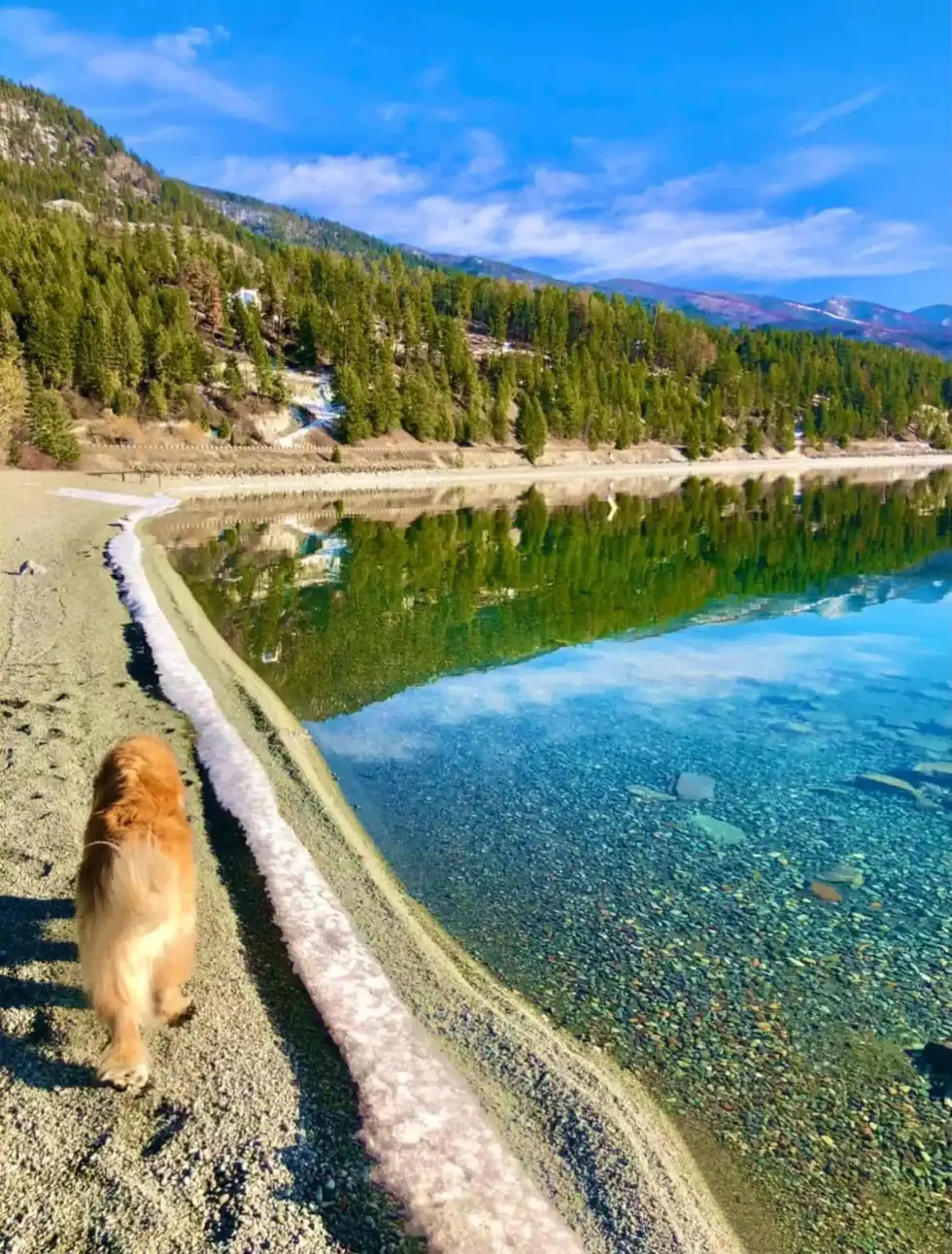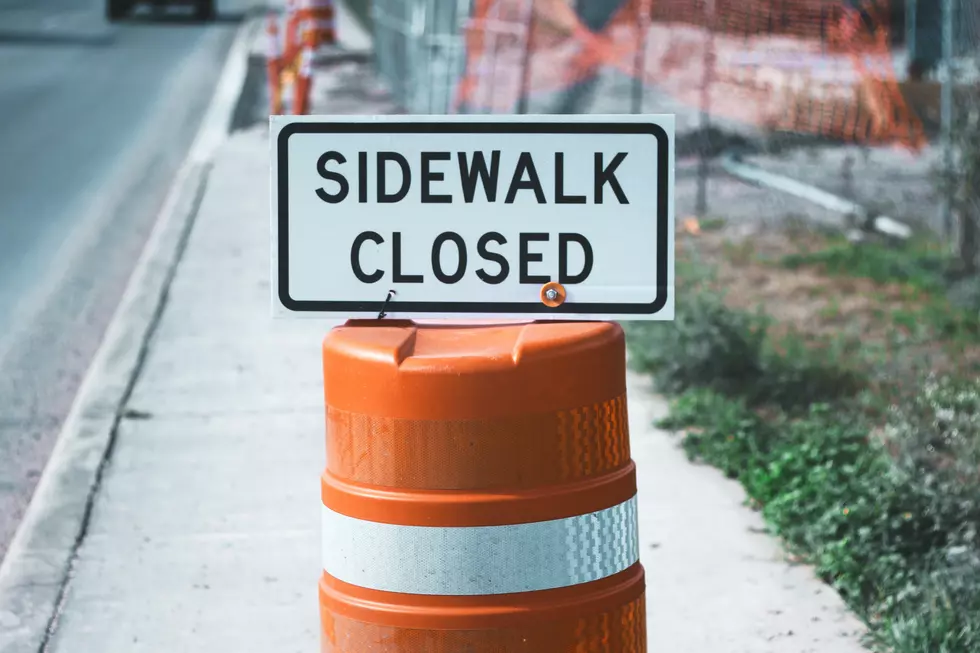
BREAKING: Tester Votes for Tax Hike, Massive Spending Bill
The bill raises taxes on working class Americans. The bill spends billions more of your taxpayer dollars, as government spending fuels the inflation that is driving up the cost of practically everything you buy. And Senator Jon Tester (D-MT) just voted over the weekend to put the bill across the finish line.
Montana Republican Party Chairman Don "K" slammed Tester for the vote Sunday afternoon:
Don K: Not only did Jon vote to pass their massive tax and spend climate bill which sticks Montana taxpayers with the price tag, he also voted against every effort to make the bill better for Montana families including supporting Montana energy development, securing the southern border and ensuring the IRS doesn't bully small businesses. What's worse – Jon continues to lie about how the bill will hurt Montanans – he must be held accountable.
The Montana GOP also criticized Tester for not leveraging the spending bill to deliver the Keystone XL pipeline for Montana. West Virginia Senator Joe Manchin (D-WV) scored a pipeline deal for his state as leverage for caving on the legislation.
As Fox Business reported last week, the bill increases taxes on working class Americans:
The Inflation Reduction Act — unveiled Wednesday by Sen. Joe Manchin, D-W.Va., and endorsed by Biden — would increase tax revenue by $16.7 billion from Americans earning less than $200,000 a year, according to a nonpartisan analysis from the Joint Committee on Taxation (JCT) published Friday. Nearly every tax bracket would pay more in taxes with those making below $10,000 per year seeing the largest uptick, the analysis showed.
Last week, I also had the opportunity to speak with Preston Brashers, a tax policy expert for The Heritage Foundation. He noted:
While these low-income taxpayers account for only about 5% of total income in the economy, they would ultimately bear about 8% of the new tax collections. And of course, they are the least able to afford it.
Despite multiple reports showing the bill will drive up inflation even further, Senator Tester praised what the Democrats are calling the "Inflation Reduction Act:"
LOOK: See how much gasoline cost the year you started driving
More From KMMS-KPRK 1450 AM









